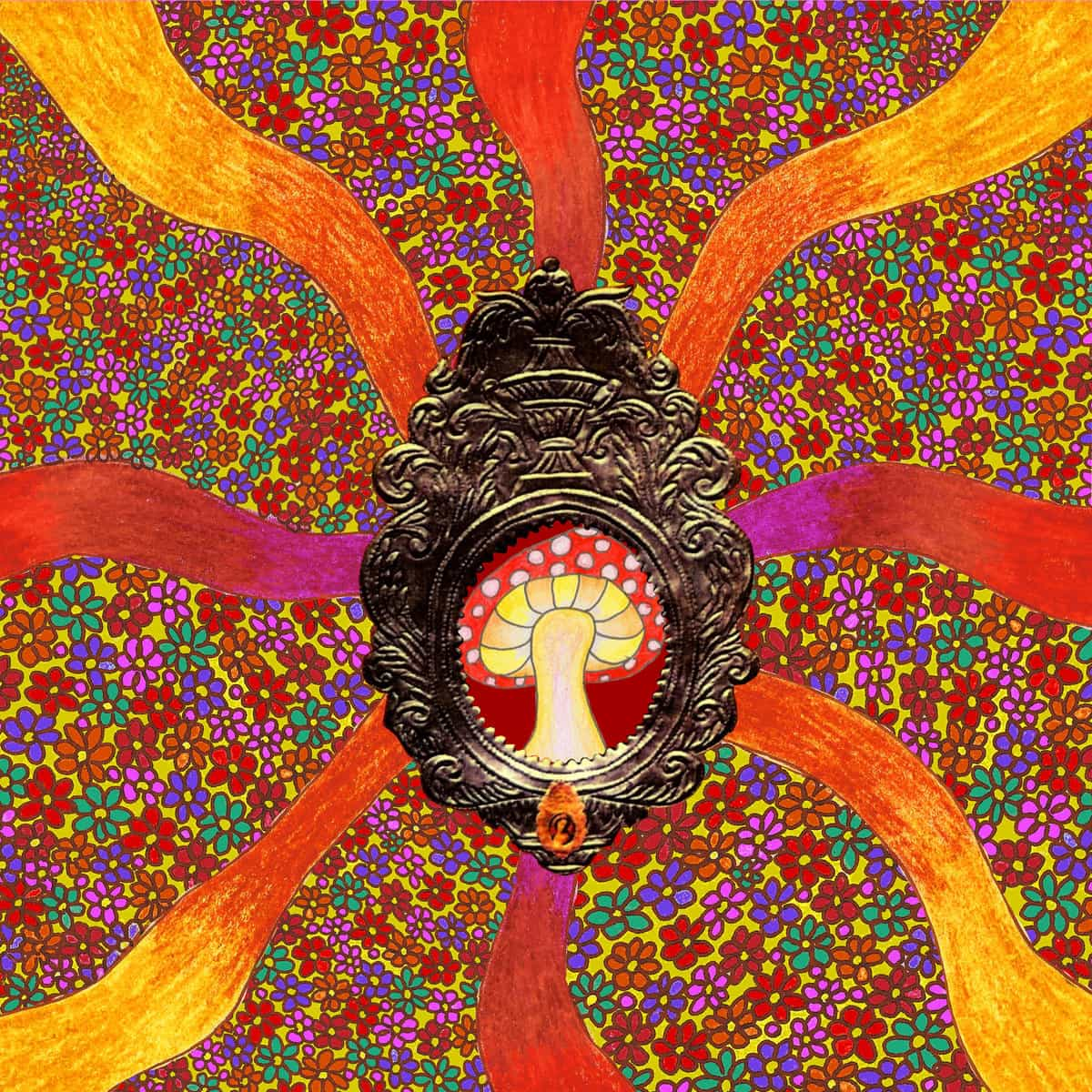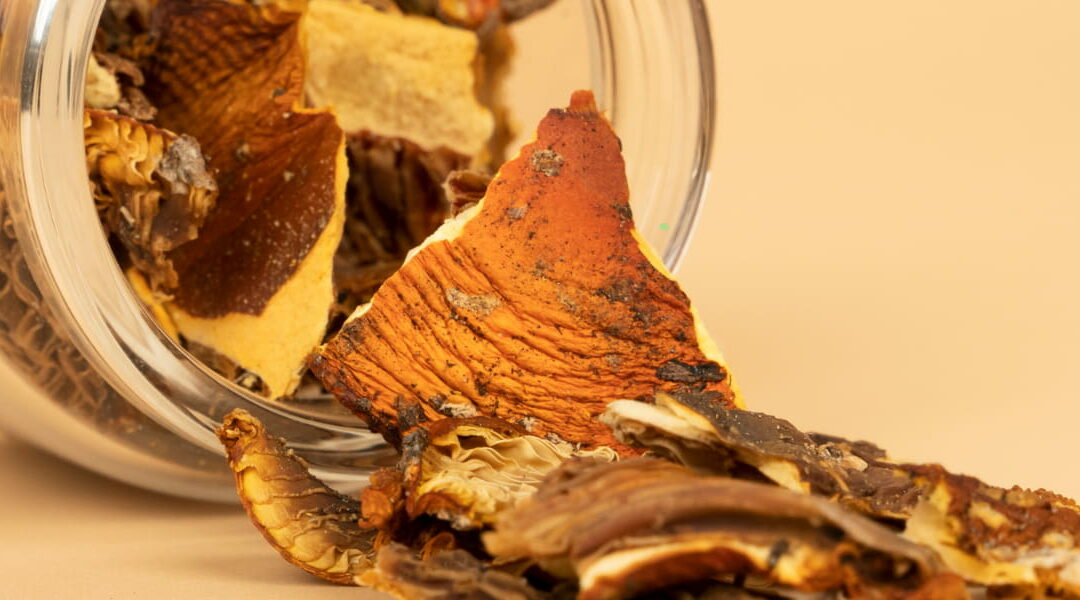Sacred & Hallucinogenic Ritual Drink Called “SOMA”
Amanita muscaria, commonly known as the fly agaric or Amanita, is a type of mushroom with a long history of cultural significance, particularly in religious and spiritual contexts. It is a large, striking mushroom with a bright red cap covered in white spots, often depicted in fairy tales and folklore. Amanita muscaria is widely distributed in the Northern Hemisphere, especially in boreal and temperate regions, where it forms symbiotic relationships with certain trees, such as birch and pine.
One of the most intriguing aspects of Amanita muscaria is its potential use as a psychoactive substance. It contains several psychoactive compounds, including ibotenic acid and muscimol, which can produce altered states of consciousness when ingested. However, it’s important to note that Amanita muscaria is also toxic and can cause severe poisoning if not prepared properly.
In various cultures throughout history, Amanita muscaria has been associated with sacred and hallucinogenic rituals. One of the most famous references to a hallucinogenic ritual drink involving Amanita muscaria comes from the ancient Indian texts known as the Vedas.
In the Vedas, which are ancient sacred scriptures of Hinduism, there is mention of a divine ritual drink called “Soma.” The Rigveda, one of the oldest Vedic texts dating back to around 1500 BCE, contains hymns dedicated to Soma. These hymns describe Soma as a deity, a plant, and a ritual drink. The exact identity of the plant referred to as Soma in the Vedas has been a subject of debate among scholars for centuries.
Some researchers believe that Amanita muscaria could be a candidate for the plant referred to as Soma. The characteristics of Soma described in the Rigveda, such as its ability to induce altered states of consciousness and its association with gods and divine experiences, bear similarities to the effects attributed to Amanita muscaria. Additionally, some linguistic and cultural evidence supports this hypothesis.
However, it is important to emphasize that the identification of Soma with Amanita muscaria is not universally accepted among scholars. Other plants, such as certain species of Ephedra or other unidentified psychoactive substances, have also been proposed as potential candidates for the Soma plant.
It’s worth noting that the ancient Vedic rituals involving Soma have largely disappeared, and modern Hindu practices do not involve the use of Amanita muscaria or any hallucinogenic substances. The historical and cultural context of the use of psychoactive substances has evolved significantly over the millennia, and caution should be exercised when discussing or experimenting with any potentially psychoactive substances, including Amanita muscaria.
In summary, Amanita muscaria is a fascinating mushroom with a rich history of cultural and religious significance. It has been associated with sacred and hallucinogenic rituals in various cultures, most notably in the context of the ancient Vedic rituals involving the ritual drink called Soma. However, the exact identity of the Soma plant in the Vedas remains a subject of scholarly debate. As always, it’s essential to approach the use of any psychoactive substances with caution and respect for their potential risks and effects.

